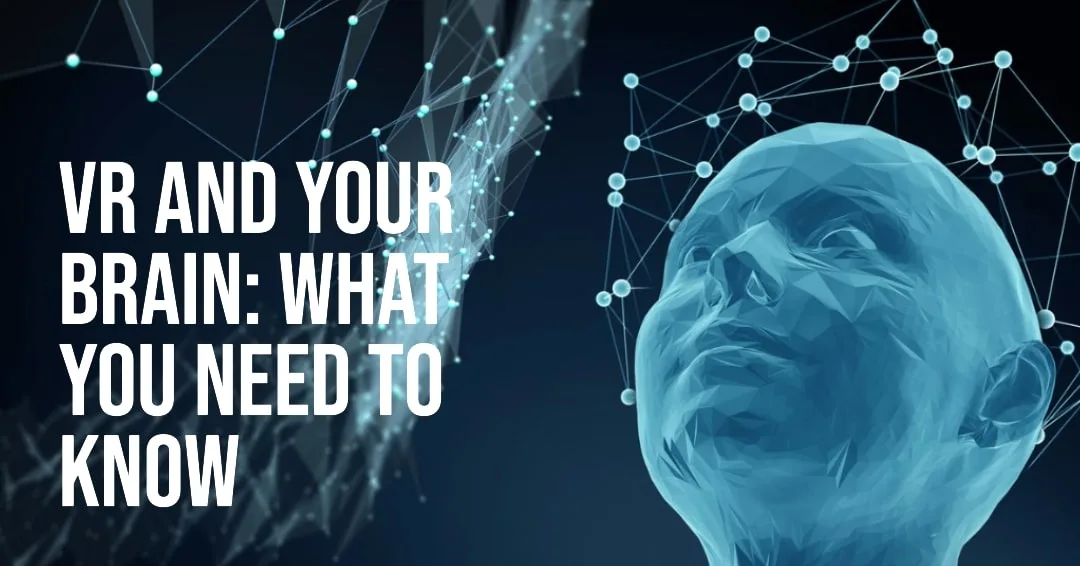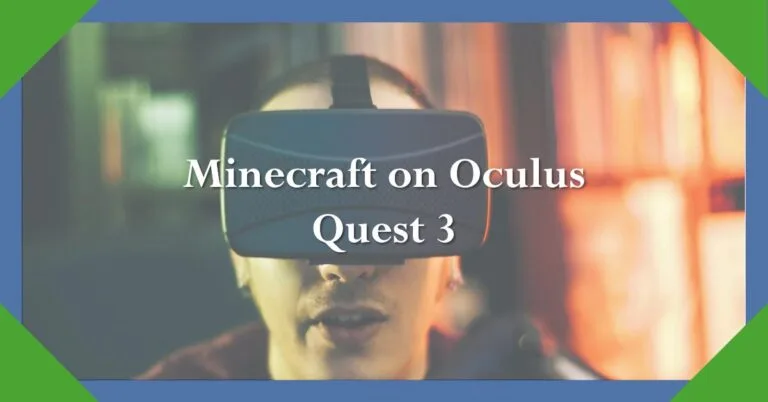
Warning! 5 Mind-Blowing Facts About the Effects of VR on Your Brain
Strap on your VR headset and prepare to be transported to fantastical landscapes, battle fearsome dragons, or even perform delicate surgery. Virtual Reality (VR) is rapidly transforming entertainment, education, and even healthcare. But what happens behind the scenes, inside your head, when you slip into VR?
The truth is, that VR has a profound impact on your brain. While some effects are positive, others can be a cause for concern. Here at ARVRRealm, we’re all about helping you make informed decisions about this exciting technology. So, buckle up as we unveil Warning! 5 Mind-Blowing Facts About the Effects of VR on Your Brain.
We’ll also provide practical tips to help you navigate the virtual world safely and get the most out of your VR experiences.
1. VR Can Rewire Your Brain for Enhanced Skills
Imagine stepping into a virtual world where you can practice complex surgical procedures or rehearse a nerve-wracking presentation, all from the comfort of your living room. VR isn’t just about fun and games; it’s a powerful training tool. Studies published in the National Institutes of Health’s PMC database (https://pubmed.ncbi.nlm.nih.gov/35488213/) have shown that VR can improve motor skills and cognitive function.
By creating immersive simulations, VR allows for repetitive practice in a safe, controlled environment. This repetitive training strengthens the neural pathways associated with specific skills, leading to real-world improvements.
2. VR Can Trick Your Brain into Believing the Unreal
One of the most fascinating aspects of VR is its ability to create a convincing illusion of reality. Our brains are wired to process sensory information and construct a coherent understanding of the world around us. VR exploits this by feeding us highly realistic sights, sounds, and even physical sensations.
This immersive experience can lead to a phenomenon called “presence,” where you feel like you’re truly physically located within the virtual environment. Imagine scaling a virtual mountain peak and feeling your heart race as you peer down at the dizzying drop below. It’s a testament to VR’s power to trick your brain!
3. VR May Cause Short-Term Sensory Disruptions
While VR can enhance some aspects of perception, it can also lead to temporary sensory disruptions. A common complaint among VR users is eye strain and headaches. This is because VR headsets require your eyes to focus on a virtual display at a fixed distance, which can cause fatigue over extended periods.
Additionally, some users experience motion sickness in VR, particularly in experiences that involve rapid movement or disorientation. This is because the visual cues your brain receives from the VR world may conflict with the information coming from your inner ear (vestibular system), which is responsible for balance.
4. Can Extensive VR Use Lead to Long-Term Effects?
VR technology is still relatively new, and the long-term effects of extensive use are still being researched. Some studies, like the one linked from LinkedIn (https://www.linkedin.com/pulse/vr-harmful-your-brain-naveen-joshi), have raised concerns about potential negative consequences, such as nearsightedness, hearing loss, and even disruptions to spatial awareness.
However, it’s important to note that these studies are preliminary, and more research is needed to establish a definitive link between VR use and these potential health risks.
5. VR Can Blur the Lines Between Reality and Fantasy
One of the most intriguing, and potentially concerning, effects of VR is its ability to blur the lines between reality and fantasy. Studies have shown that spending a lot of time in VR can lead to a phenomenon known as “place illusion,” where you have difficulty distinguishing between the virtual world and the real world after taking off your headset.
While this may seem like a minor inconvenience, it raises questions about the potential for VR addiction and its impact on social interaction and mental well-being.
So, How Can You Use VR Safely and Effectively?
Now that you’ve explored the Warning! 5 Mind-Blowing Facts About the Effects of VR on Your Brain, you might be wondering: Is VR safe? The answer, like most things in life, is “it depends.” VR can be a fantastic tool for learning, entertainment, and even therapy. However, it’s crucial to use it responsibly and be mindful of the potential risks.
- Listen to Your Body: Headaches, nausea, or dizziness? Take a break! It’s better to cut your VR session short than push yourself and feel unwell.
- Mind Your Surroundings: VR can be so immersive that you might forget your real-world surroundings. Make sure you’re in a safe, clear space free from obstacles before you start exploring virtual worlds.
- Start Slow: New to VR? Ease into it! Begin with shorter sessions and gradually increase the duration as you get accustomed to the experience.
- Keep it Clean: Those comfy VR headset cushions can become breeding grounds for germs. Wipe them down regularly to avoid irritation.
- Don’t Forget to Blink!: Staring at a screen for extended periods can dry out your eyes. Make a conscious effort to blink regularly during your VR sessions.
- Let the Sunshine In!: VR can be all-encompassing, but don’t neglect the real world entirely. Take breaks to step outside, get some fresh air, and reconnect with your physical environment.
- VR and Fitness: Feeling active in VR? That’s great! Just remember that VR may not perfectly translate to real-world movements. Be mindful of your physical limitations and avoid overexertion.
FAQs
Is VR safe for everyone?
VR is generally safe for most people, but there are a few things to consider. Children under 13 should avoid VR due to potential developmental effects. People with certain medical conditions, such as epilepsy or inner ear problems, should consult a doctor before using VR. If you experience any discomfort during VR use, stop immediately and take a break.
Can VR addiction be a real problem?
While VR addiction isn’t a formally recognized disorder yet, excessive VR use can become problematic. It’s important to maintain a healthy balance between virtual and real-world activities.
How can I find VR experiences that are safe and appropriate?
Many VR platforms offer age ratings and content warnings. It’s also a good idea to read reviews and recommendations before diving into a new VR experience. If you’re unsure about the suitability of VR content for yourself or a loved one, err on the side of caution.
What are VR’s effects on the brain?
VR can warp your perception (space, distance, body), potentially boost brain function (memory, focus), and cause temporary discomfort (eye strain, nausea).
What are VR’s downsides?
VR can lead to headaches, eye strain, and nausea. Long-term effects are still under study.
How does VR affect kids’ brains?
VR use is discouraged for children under 13 due to possible developmental impacts.
Are there psychological risks with VR?
Excessive VR use could lead to neglecting real-life activities, but VR addiction isn’t an official diagnosis yet.
Can VR improve brain function?
VR training shows promise in enhancing motor skills and cognitive abilities (memory, focus).
Why does VR trick the brain?
VR creates such a realistic experience that your brain reacts as if it’s real (e.g., feeling wind during virtual skiing).
Conclusion
VR technology offers a mind-blowing glimpse into the future. From revolutionizing training programs to transporting us to fantastical worlds, VR has the potential to enrich our lives in countless ways. By understanding the Warning! 5 Mind-Blowing Facts About the Effects of VR on Your Brain and following these safety tips, you can ensure your VR adventures are positive, immersive, and, most importantly, safe. So, strap on your headset, explore responsibly, and get ready to have your mind blown!






